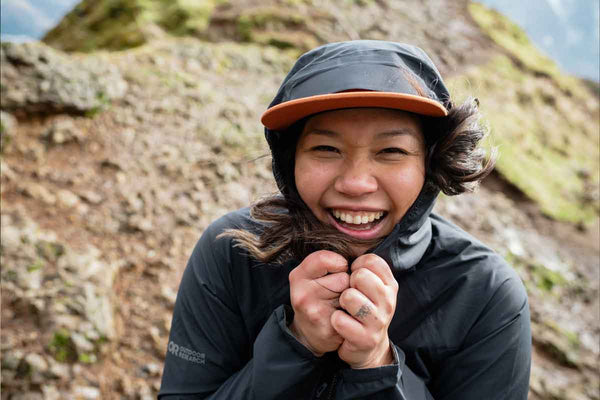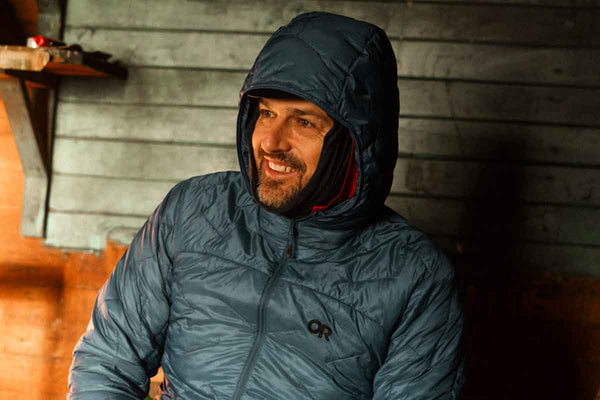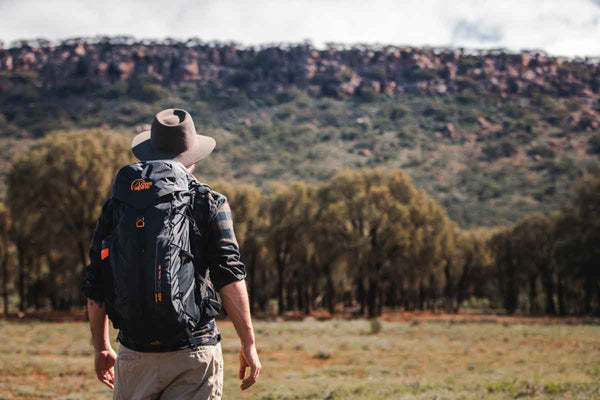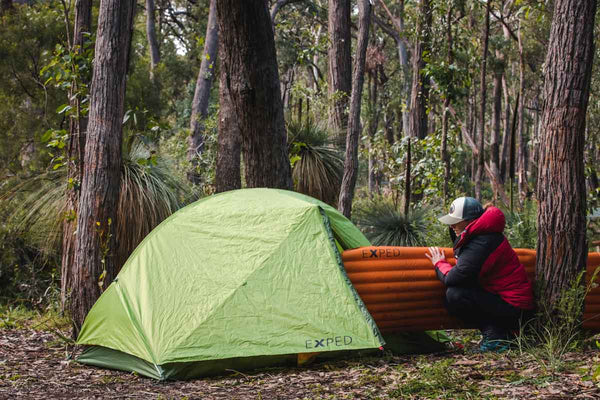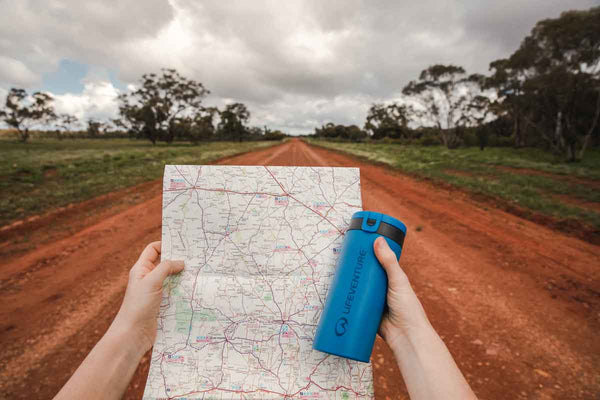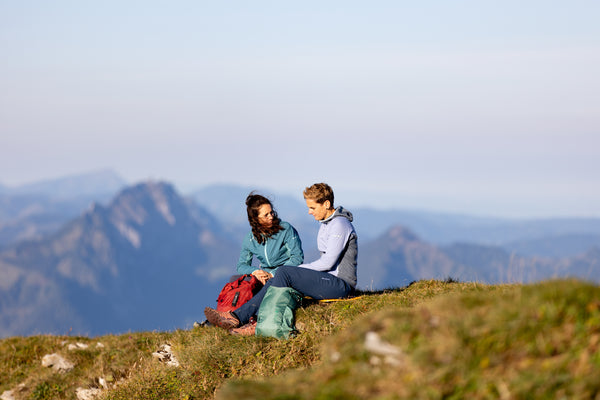
Day walks
Day Walking
Day walking is perhaps the most accessible form of regular exercise that anyone can get in the outdoors. Day walking is great for health and also as a means of delving deeper into a community or region. Travelling by foot is often the best way to immerse yourself in a place. Even in the familiarity of our home countries, there are many beautiful and scenic regions that are only found through walking! Some of our favourites in Australia are:
• Manly to the Spit, Sydney Harbour
• Roseville to St Ives, Garigal National Park, Sydney
• Grand Canyon, near Blackheath in the Blue Mountains
• The Castle, Budawangs
• Ascent of Cradle Mountain, Tasmania
• Seaforth Oval to Roseville Bridge, Middle Harbour
How long and how hard are we talking about when we discuss day walking? Well that’s the beauty of it, it’s entirely up to you! Most day walks last for four to six hours, as this
provides enough time to cover a reasonable distance and get a noticeably good-feeling workout. However, we recommend starting with walks of two to three hours and then slowly increasing your walking time. Also, remember that it’s very important to always let someone know where you are heading and your estimated return time.
Of course, the type of clothing and the amount of equipment taken on a day walk will depend on a few factors. Climate, duration of the walk, difficulty of the terrain and access to help along the way will all play a part in deciding what to take.
For longer day walks or even short walks on difficult terrain, more supportive footwear such as mids or even lightweight boots are ideal. A pair of trekking poles will help prolong your stamina, provide better balance and support those knees on the steep descents! Packing a small first aid kit including an emergency blanket (or “space blanket”) is also good idea on these more challenging walks.
Requirements
One of the delights of day walking is its simplicity. All you really need is:
• A sturdy, supportive pair of walking shoes
• A daypack between 18 and 35 liters
• Clothing for potential weather changes
• Water bottles or hydration bladder
• Snacks
• Pocket walking guide
• Map
• GPS or compass
• Small first aid kit
• Sunscreen
• Insect repellent (where needed)
• Spare pair of socks
• Hat or Buff®
Optional extras
• Camera
• Binoculars
• Spare batteries
Summary
You don’t always need everything on every walk—finding yourself overloaded with a superfluity of equipment and gadgets can be one of the most frustrating experiences on a
beautiful but easy walk. At the same time, frustration can be the least of your concerns if you run into unexpected trouble and find yourself without basic necessities. Use common
sense and trust yourself—you’ll soon build up a wealth of experience! Remember to always tell somebody what your plans are or leave a detailed note. Then get out there and enjoy yourself!

